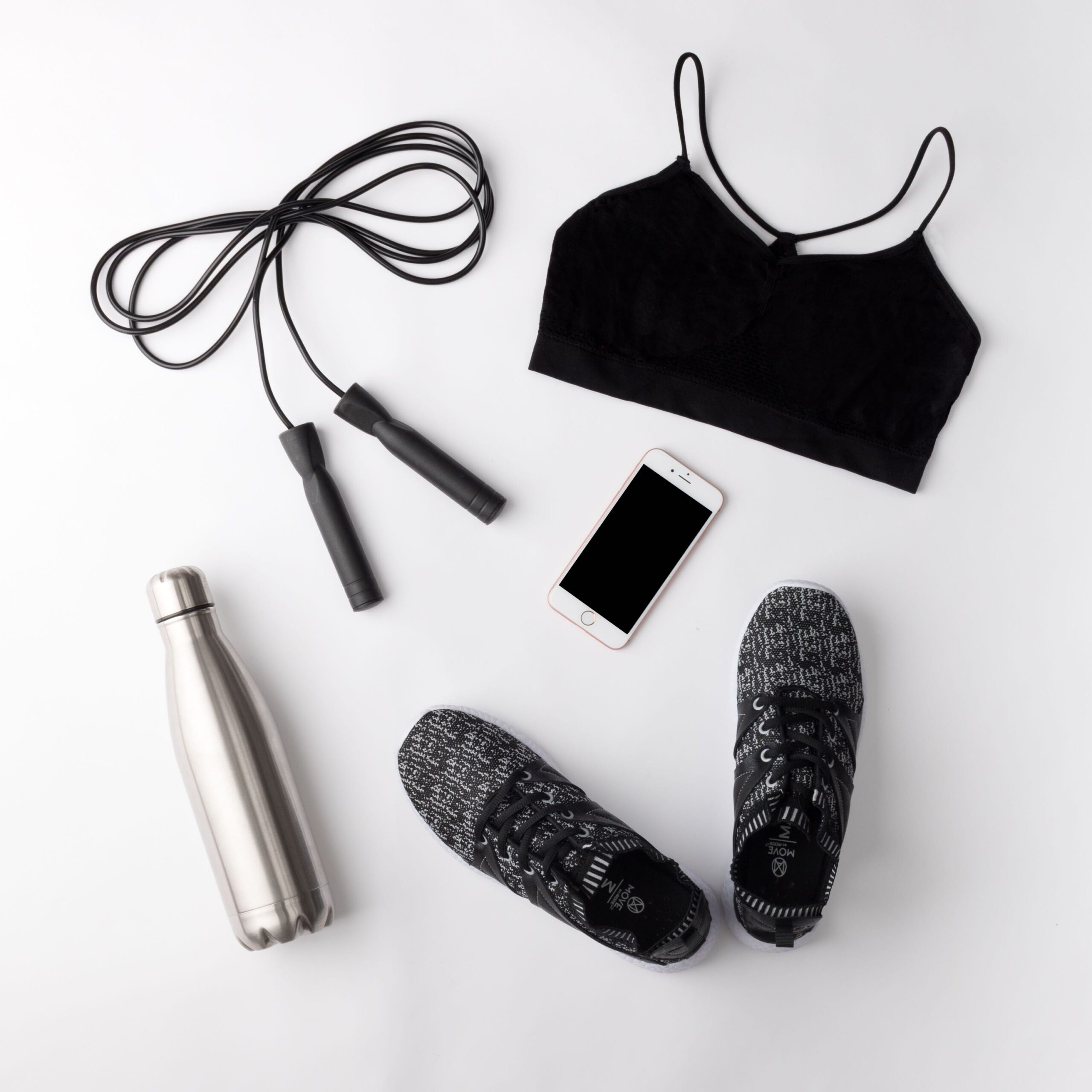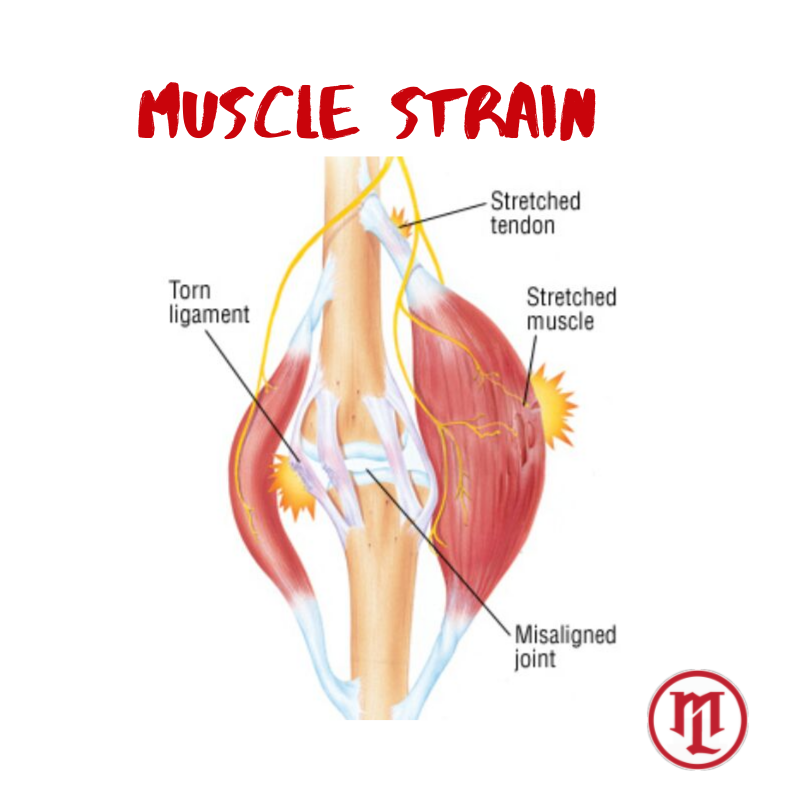How To Gain Muscle Mass Fast

If you want to gain muscle mass fast you need to be in a positive energy balance. This means that you need to consume more calories than you burn. In

If you want to gain muscle mass fast you need to be in a positive energy balance. This means that you need to consume more calories than you burn. In
I recently went on the ITR Boxing podcast to discuss some current events in sports including the Terence Crawford v Top Rank promotions lawsuit on racial bias. Check it out!

In this article, I want to share some of the best essentials that I believe you can have if you are serious about your training. Water Bottle Having a water

Nutrition labels allow you to make educated choices about what you eat. They include: The serving size is at the top. All of this information is based on this amount.

Here is a quick lower body workout using a kettlebell. The focus of this workout is to strengthen the legs and glutes. I started the workout with a quick foam

Making Healthy Food Choices In Our Busy Lives You already know how important it is to make healthy food choices for you and your family. But how can you fit
Check out this interview with my friend Abdul Iscandari aka Dat Man Dooley. It is also available on Apple Podcast, Spotify, and all other podcasting platforms. Podcast on the way‼️

What Is A Muscle Strain? Have you ever felt like you pulled a muscle and wondered what the heck just happened? Well, it was most likely a muscle strain. A
Here is a quick Q & A session. If you have any more questions for me please drop a comment. Here are some stretches to do watch this video!: https://youtu.be/llptT_3_yUk